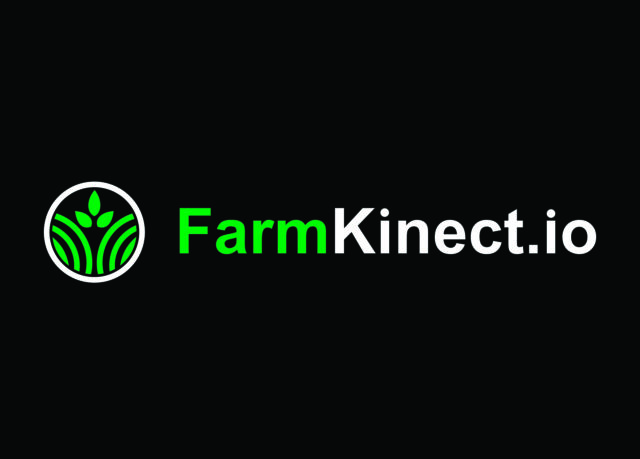Years ago, Don Carlos Vargas ran his dairy like most everyone else in Costa Rica.
He owned shares in a wholesale milk cooperative and accepted the price he was paid for milk and the occasional restrictions placed on his production output.
Then tourists started visiting nearby Arenal Volcano, one of the ten most active in the world, to witness its pyroclastic light shows. The volcano produced hot springs, and resorts began popping up around them. An enterprising local strung cables between trees in the cloud forest, hooked people into harnesses and created Costa Rica’s first zip-line canopy tour.
Over time, river rafting, sport fishing, jungle touring and a host of other businesses have sprung up in the area. Today, the volcano and national park that surrounds it are the second most popular tourist destination in Costa Rica, drawing a half-million visitors last year – a number which continues to grow annually.
Don Carlos Dairy is a mere five miles from the base of Arenal Volcano. Mr. Vargas concluded that the local opportunity was too great to continue doing business as usual. Meanwhile, his children were graduating from college with degrees in engineering, biochemistry and marketing. He began setting up contracts with local restaurants to sell them milk. His eldest son, an industrial engineer, designed a small processing facility next to the milking barn where cheese, sour cream and yogurt could be produced. His daughter, a biochemist, insured that additives and cleaning agents used in the processing facility were safe and effective. His youngest son, Rodolfo, a marketing major, took over sales and marketing, and the family developed its own brand and labels, Productos Don Carlos.
Today, Productos Don Carlos produces, sells and delivers premium bulk milk, butter, sour cream, yogurt and a variety of cheeses under their own private label to local restaurants and resorts, and they now sell all they can make.
But that’s not all.
A few years ago, a group of visitors asked for a tour of the dairy, which led to more tours. Eventually, the dairy began charging a fee for tours and opened up a modest tasting room above the processing facility. After a tour of the grounds, visitors can sample the dairy’s products, even buy something from the gift table, which sports an assortment of items – all made by dairy employees or their family members.
One day, during a tour, a cow began giving birth. A family on the tour decided to break from the group to spend the next hour watching the cow deliver and clean her newborn calf. Tourist interest in the livestock has proved so strong that Vargas constructed an open air pole barn, complete with small pens where he keeps a few cows that are near calving, as well as baby calves and some chickens. He has installed picnic tables and built an elevated milking stanchion where kids can get “hands- on” experience milking a cow, then take the bucket of fresh warm milk and feed it to the calves.
A few years ago, the dairy stopped using commercial fertilizer and pesticides; deciding instead to use only manure and whey (a byproduct from the processing facility) to fertilize. Since then, the owners believe both the quality and quantity of forage in their fields has increased.
They also started noticing more birds around the dairy. Kingfishers and hummingbirds, snowy egrets and, of course, cattle egrets, which follow the grazing cattle around, eating insects stirred up by the animals’ hooves and picking grubs and insects off their hides. So many birds wing their way through the dairy now, the operators of a local mountain biking guide outfit are leading bird watching tours through the property.
The Vargas family continues to look for new opportunities and builds on existing ones. As I left, a new open-air greeting center, designed to accommodate larger tour groups, was being constructed in a field corner next to the highway. Behind the structure, contented cows munched their way through a lush field of African Star grass. PD
Phil Brink for Progressive Dairyman




